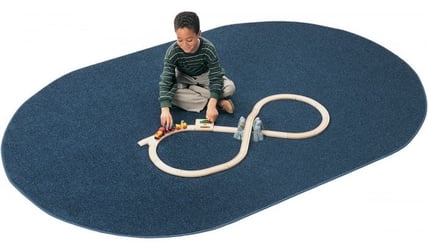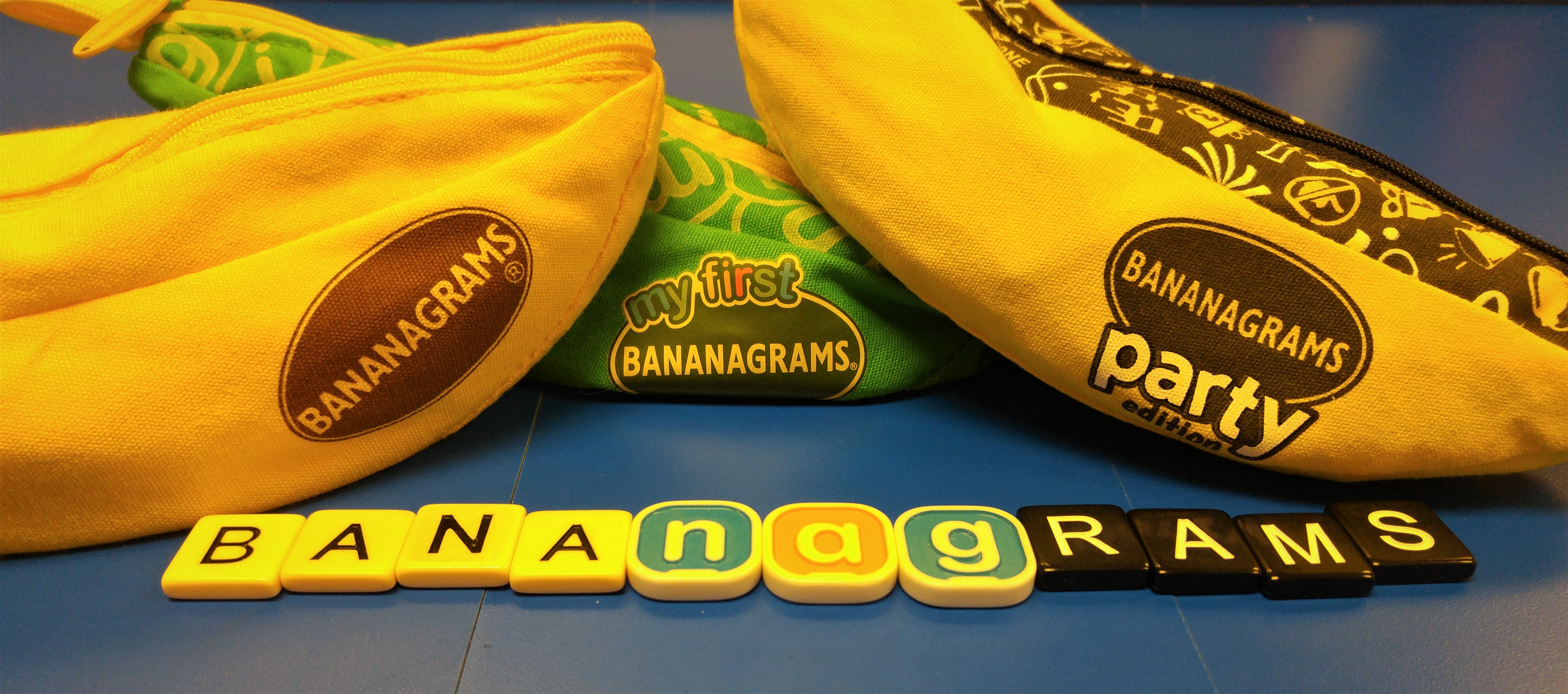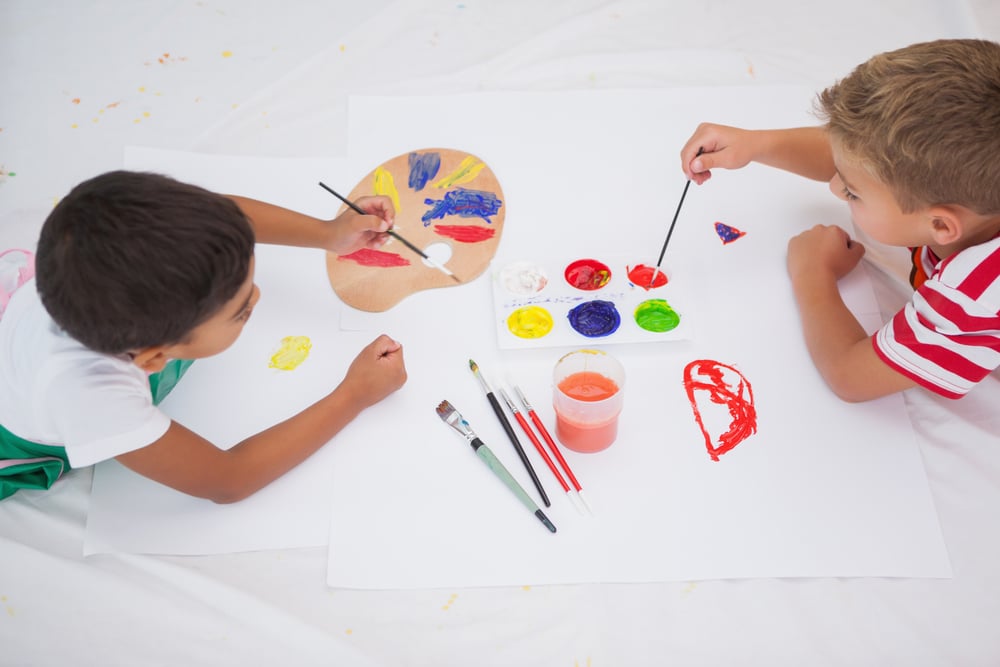Kids can have a lot to say. This ranges from daily observations and stories, to inquisitive questions that arise from the breadth of new experiences they have every day. As the adults in their lives we aim to be included in those conversations as they can offer incredible insights into their strengths, their loves, and even their weaknesses.
But often, despite how willing we are to listen, kids are unwilling to share. So we try and develop methods of communication that help to break down barriers, increase comfort and promote sharing. But how do you approach such a personal and challenging goal.
Help Them be Comfortable
Let’s consider the children in our lives and determine where and when they like to talk. Do they enjoy being outside, walking through nature? Do they have a lot to say on the way to and from school or while tucked in their bed? Understanding the things your kids enjoy and make them feel relaxed, can make the process of helping them open up much easier. Try having a conversation during doodle time or while building with blocks.

Fidget tools like the Sqwoozy Sensory Genius may offer kids an outlet for anxiety or uncomfortable feelings that may prevent them from opening up.
Make it Part of a Daily Routine
Whether it is at dinner, bed time or on the way home, keeping things consistent with kids is a great way to convey normalcy. If your kids are used to having a nightly bedtime chat they may become more willing to open up to you. Once a routine is established, you may find kids become more willing to speak on the subject, they may even begin the conversation before you do.
Sharing Circles
Sharing circles are a great method for group discussions. By gathering everyone together you can form a community of sharers who support each other in their efforts. Having a group sharing area is a great way to help you kids associate a space with a feeling of openness and inclusion.

Large rugs like the Emerald Rectangle Rug can help kids visualize a particular area as their sharing space. This method is great for homes with multiple kids. Further enhance your circle with a totem or conch to help kids direct their conversation.
Find the Best Questions for Your Kids
Does your child like to talk endlessly, or is it like pulling teeth to get a single sentence? Understanding your child’s tendencies can help you direct your conversation. Open ended questions like “What was your favorite thing you learned today” are great for chatty kids. The open-ended nature prompts them to reflect, think and respond in a way that makes them feel comfortable.
On the opposite, some kids are not fans of communicating. This can be very difficult for parents as it may seem that they are not interested in sharing. It could be that there is simply to much for them to consider. Try replacing an open-ended question with something more direct. Try focusing on a subject or activity that they experienced in the day. “What did you do in Math today?” may offer children who can become overwhelmed, a chance to focus their thoughts and reflect on a single subject.
Open Up with Positivity
Something important to remember when talking with children is to keep every opening interaction as positive as possible. Even when you know something is tough, like a struggling subject or social problems with classmates, it’s important to open the conversation with a positive. By starting on a negative you are establishing that emotion as the precedent for the conversation.

By opening with a positive you can help to put people at ease for further topics. By first talking to your kids about how fun recess was today you may find an easy way to transition to more difficult topics. If your kids are feeling comfortable, you may even find that they open up about their feelings and events, even before you ask.
Remember, we are privileged to be a part of our children’s conversations. Being included in their circle can give us great sense of insight into their daily lives when we aren’t around. So its important that we listen when they choose to express themselves.








.png)